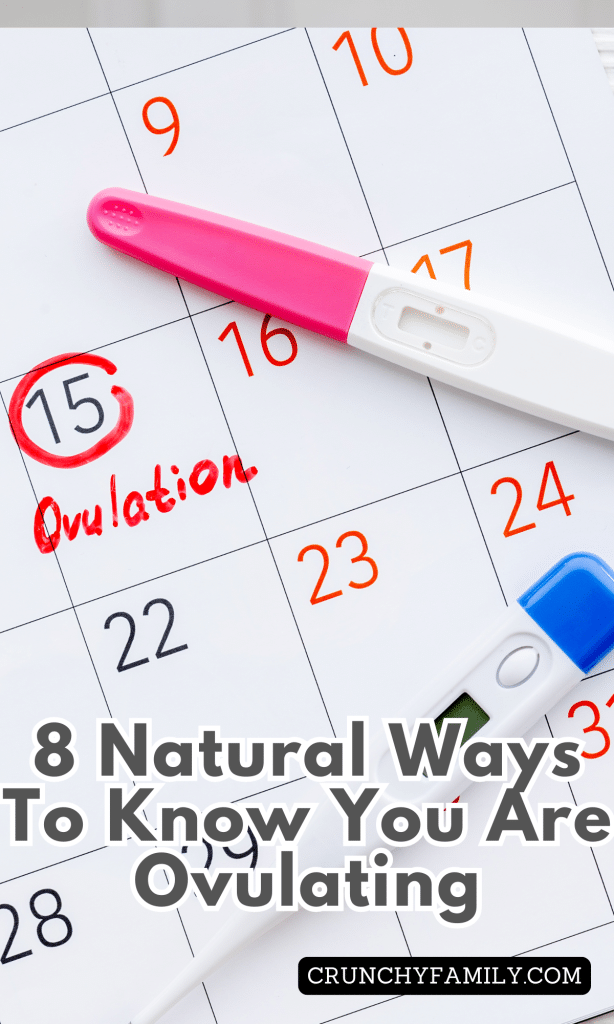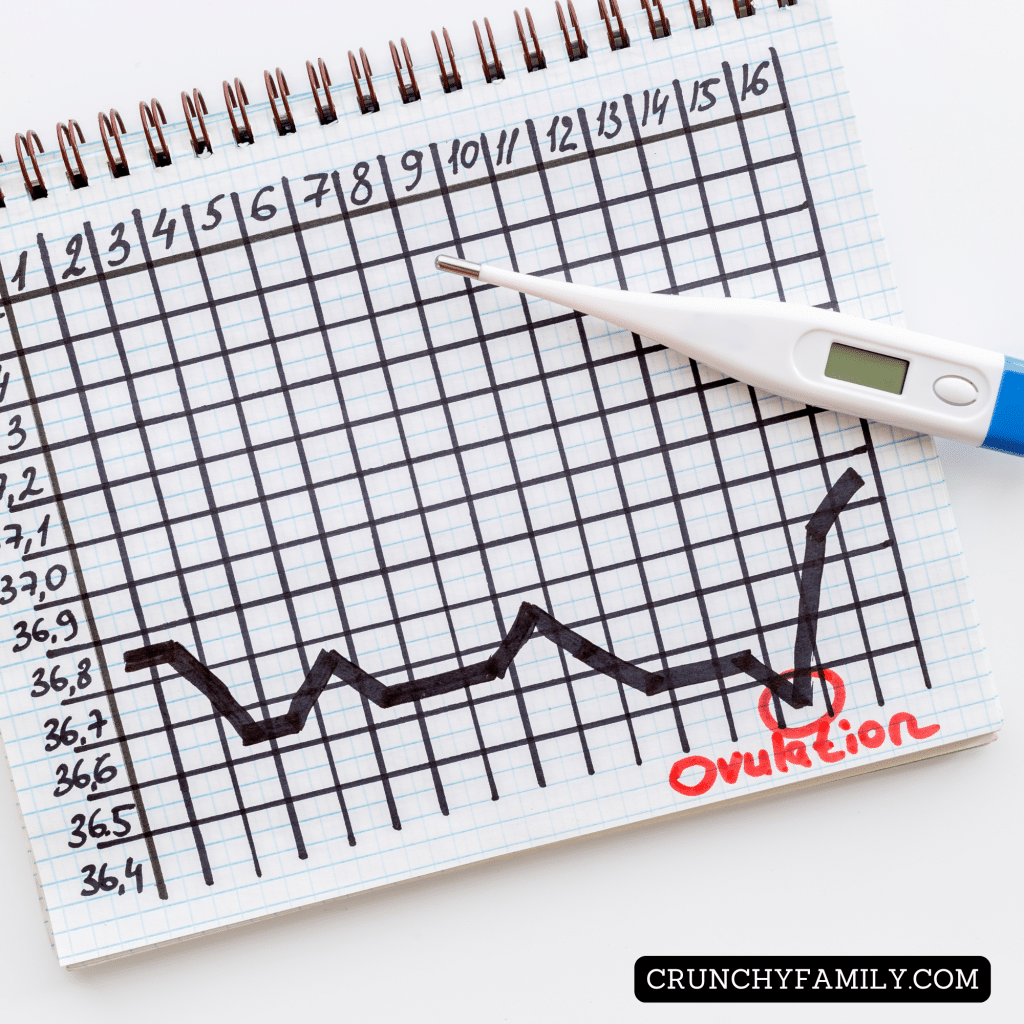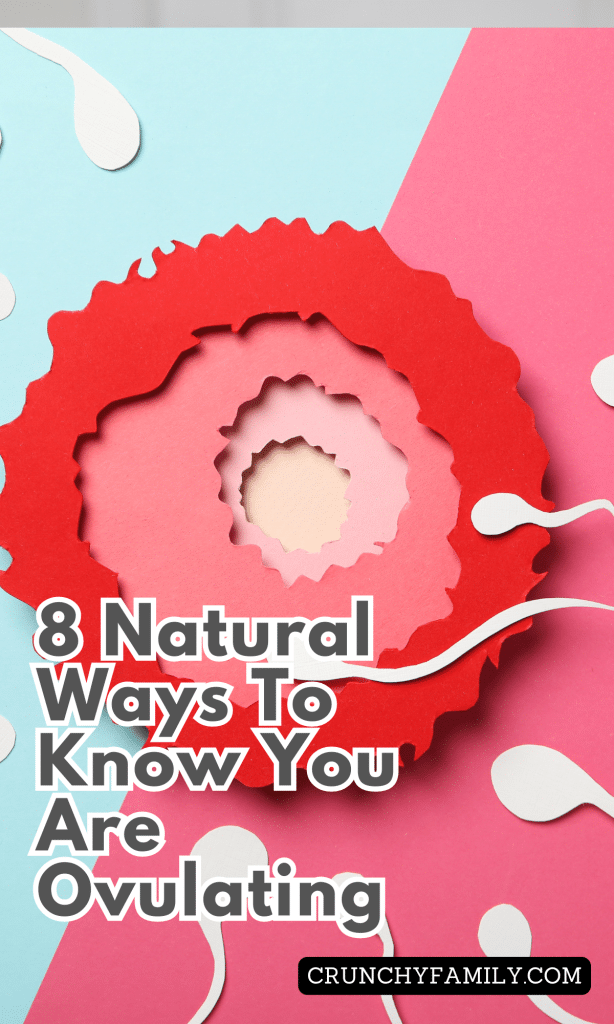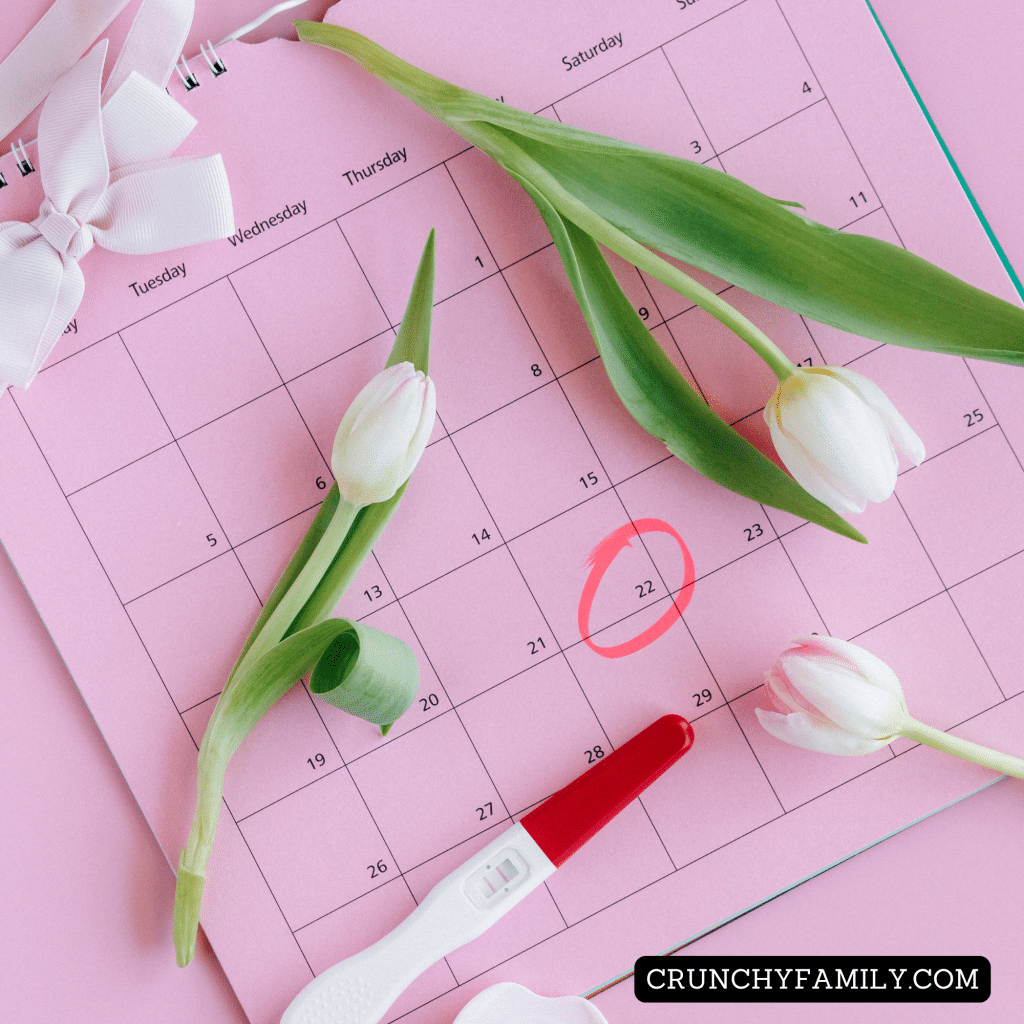I’m thrilled to share a bit of my journey with you today. As someone who’s now trying to conceive (TTC), understanding how my cycle works and pinpointing the exact moment I’m ovulating has become so crucial.
It’s amazing how in tune with your body you become when you’re ready to welcome a new life into the world. I haven’t been on birth control for years and have relied on natural methods to track my cycle.

This approach has not only helped me feel more connected to my body but also allowed me to catch those special days for some baby dancing.
So, let’s learn about all the natural ways you can tell you’re ovulating. Whether you’re TTC like me or just want to understand your body better, these methods are gentle, intuitive, and totally natural.
1. Cervical Mucus Changes
Our bodies are incredible, and one of the most natural indicators of ovulation is the change in cervical mucus.
This is an easy one to see because you may notice when you wipe. Mine can be quite erratic, so is always nice to combine a few methods and not only rely on one at a time.

Around the time of ovulation, you’ll notice that your cervical mucus becomes clear, stretchy, and resembles egg whites.
This fertile cervical mucus is perfect for helping sperm make its way to the egg. Keeping an eye on these changes can give you a good heads-up that ovulation is approaching.
2. Basal Body Temperature (BBT)
Tracking your basal body temperature is another fantastic way to understand your cycle. By taking your temperature every morning before getting out of bed, you’ll notice a slight increase (about 0.5 to 1 degree Fahrenheit) right after ovulation.
I used this the first time around when trying to conceive my daughter, but decided not to this time as I find it a little annoying out of all the others.
Charting these temperatures over a few months can help you see a pattern and predict when you’re most fertile.
3. Ovulation Pain (Mittelschmerz)

Some women experience a mild pain or cramping on one side of the lower abdomen during ovulation. This is known as Mittelschmerz, a German word for “middle pain.”
If you feel this twinge, it could be a sign that your ovary is releasing an egg. While not everyone experiences this, it can be a useful clue if you do.
This one I don’t get every month, but definitely feel it occasionally. I find it fascinating that you can actually feel your egg being released.
4. Changes in Cervical Position
Your cervix undergoes noticeable changes throughout your cycle. During ovulation, it becomes softer, higher, and more open.
Checking your cervical position can take a bit of practice, but it’s a helpful indicator once you get the hang of it. You will need patience and time when checking your cervix. I used to love noticing the differences throughout the month.

Is fascinating how not only the angle but the texture changes. In my case, during ovulation it gets soft and it opens up, whilst on the other days it noticed it being quite hard and the orifice quite tight and almost closed. The angle also changes drastically.
5. Increased Libido
This one is fun right? Nature has a wonderful way of encouraging us to procreate. Many women notice an increase in libido around the time of ovulation.
If you find yourself feeling more in the mood than usual, it could be your body’s way of telling you it’s baby-making time. is your partner looking extra sexy these days? You are probably ovulating!
Because this topic is so fun it deserves its own blog post so we can explore a little more of how our bodies work when we are ovulating!
6. Breast Tenderness
Hormonal changes during ovulation can cause breast tenderness. If you notice your breasts feel more sensitive or sore, it might be another sign that ovulation is near.

7. Heightened Senses
Some women report heightened senses, such as a better sense of smell, taste, or vision, around ovulation.
This is less common but can be a subtle hint that your body is gearing up for ovulation. I don’t know you, but when I am ovulating I can smell my boyfriend a mile away and OMG, why does he smell soooo good?
8. Ovulation Predictor Kits (OPKs)
While not entirely natural, ovulation predictor kits can be a helpful supplement to the methods above. I am relying on them monthly to track my cycle to make sure I don’t miss my fertile window.
These kits detect the surge in luteinizing hormone (LH) that occurs before ovulation. Using them in conjunction with natural signs can give you a more precise understanding of your fertile window.
Knowing when you’re ovulating is a beautiful way to connect with your body, whether you’re TTC or just embracing a natural lifestyle.

By observing these natural signs, you can better understand your cycle and optimize your chances of conception. Remember, every woman’s body is unique, so it may take a few cycles to learn what works best for you.
Here’s to understanding our bodies, embracing the natural journey, and hopefully, welcoming a little bundle of joy soon. Baby dust to all my fellow TTC warriors out there!
More related reads:
3 thoughts on “8 Natural Ways To Know You Are Ovulating”